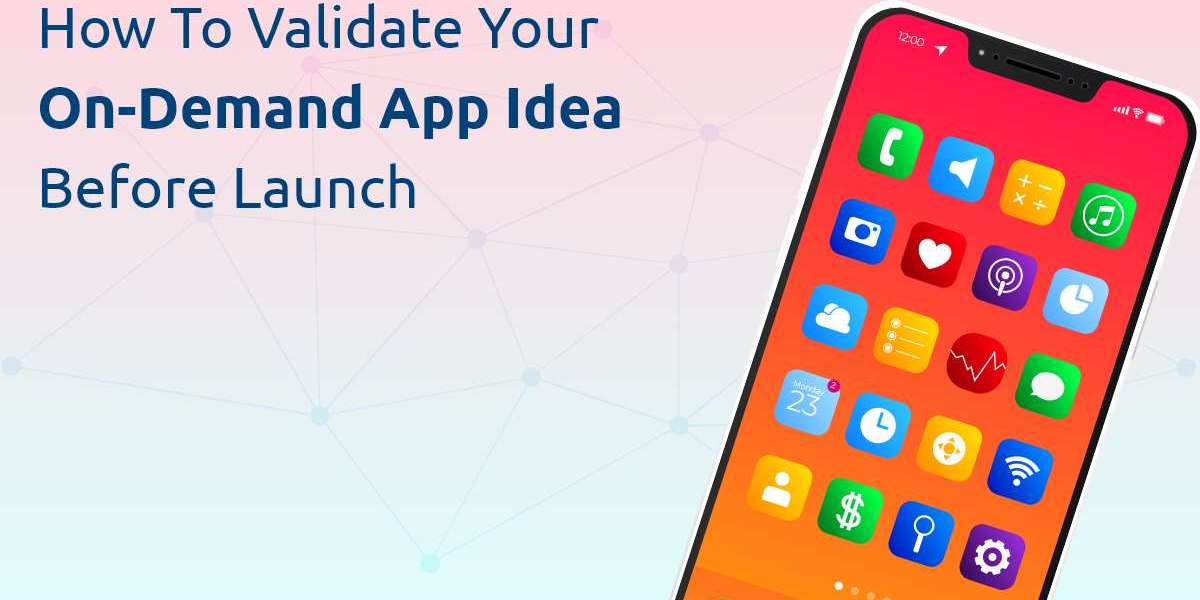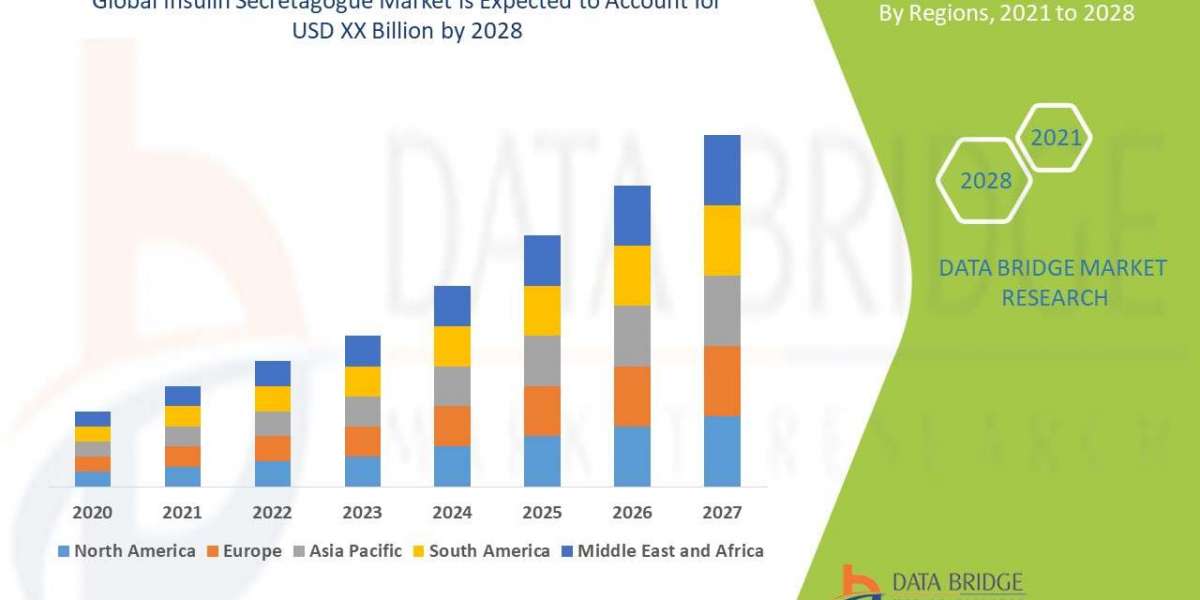In the competitive world of top on-demand app, having a great idea is only the beginning. To ensure your app's success, it's crucial to validate your concept before investing significant time and resources into development. Validation helps you gauge market demand, understand user needs, and refine your idea to better fit the target audience. Here’s a comprehensive guide on how to effectively validate your on-demand app idea before launch.
1. Conduct Market Research
Market research is the foundation of validation. It helps you understand the current landscape, identify potential competitors, and assess market demand for your app.
Key Steps:
Identify Competitors: Research existing apps in your niche to see what they offer and where they fall short. Analyze their features, user reviews, and business models to identify gaps and opportunities.
Analyze Market Trends: Look into industry trends and forecasts. Understanding the direction in which your target market is moving can help you align your app with future demands.
Understand User Needs: Gather data on what users in your target demographic are looking for. This could involve studying industry reports, trends, and user behavior patterns.
2. Define Your Target Audience
Knowing who will use your app is crucial for validation. Define your target audience by creating detailed user personas that represent your ideal customers. These personas should include demographic information, interests, pain points, and behavior patterns.
Steps to Define Your Audience:
Segment Your Market: Break down your market into smaller segments based on factors like age, location, and preferences.
Create User Personas: Develop detailed profiles of your ideal users, including their goals, challenges, and how your app will benefit them.
Survey Potential Users: Conduct surveys or focus groups with individuals who fit your target profile to gather direct feedback on your app idea.
3. Validate the Problem-Solution Fit
Ensuring that your app addresses a genuine problem or need is vital. Test whether your app's solution resonates with potential users and if it effectively solves their problems.
Validation Techniques:
Conduct Interviews: Speak directly with potential users to understand their pain points and evaluate whether your app’s solution aligns with their needs.
Create a Value Proposition: Develop a clear value proposition that outlines how your app solves a specific problem better than existing solutions.
Test Concepts: Share mockups or prototypes of your app with potential users to get feedback on its usability and effectiveness.
4. Build a Minimum Viable Product (MVP)
A Minimum Viable Product (MVP) is a simplified version of your app that includes only the core features necessary to solve the primary problem. Building an MVP allows you to test your app's viability with minimal investment.
MVP Development:
Define Core Features: Focus on the essential features that address the main user problem.
Develop a Prototype: Create a working version of your app with these core features. This doesn’t have to be perfect but should be functional enough to gather feedback.
Gather Feedback: Release the MVP to a limited audience and collect feedback on its functionality, usability, and overall value.
5. Run a Pilot Test
A pilot test involves launching your app on a smaller scale to a limited audience before a full-scale release. This helps you identify potential issues and gather insights on user engagement.
Pilot Test Steps:
Select a Test Group: Choose a small, representative group of users who fit your target audience.
Monitor Performance: Track how users interact with your app, including usage patterns, feedback, and any issues they encounter.
Analyze Data: Use the data collected during the pilot test to make informed decisions about improvements and adjustments.
6. Analyze Financial Feasibility
Assessing the financial feasibility of your app idea is crucial to ensure that it can generate revenue and sustain itself. Evaluate potential revenue streams and compare them to your projected costs.
Financial Analysis:
Estimate Costs: Calculate development, marketing, and operational costs.
Identify Revenue Streams: Determine how you will monetize your app (e.g., subscriptions, ads, commissions) and estimate potential revenue.
Perform Break-Even Analysis: Calculate how long it will take to recoup your initial investment and start making a profit.
7. Refine and Iterate
Based on the feedback and data collected during validation, refine your app idea to better meet user needs and market demands. Continuous iteration is key to creating a successful app.
Refinement Tips:
Incorporate Feedback: Use user feedback to make improvements and address any issues identified during testing.
Adapt to Changes: Be flexible and ready to adapt your app based on market trends and evolving user needs.
Test Again: After making adjustments, run additional tests to validate the changes and ensure they enhance your app’s value.
Conclusion
Validating your on-demand app idea before launch is a crucial step in ensuring its success. By conducting thorough market research, defining your target audience, validating the problem-solution fit, building an MVP, running pilot tests, analyzing financial feasibility, and continuously refining your idea, you can mitigate risks and increase the likelihood of your app’s success. Remember, validation is an ongoing process, and staying responsive to user feedback and market trends will help you create an app that truly meets the needs of your audience.








